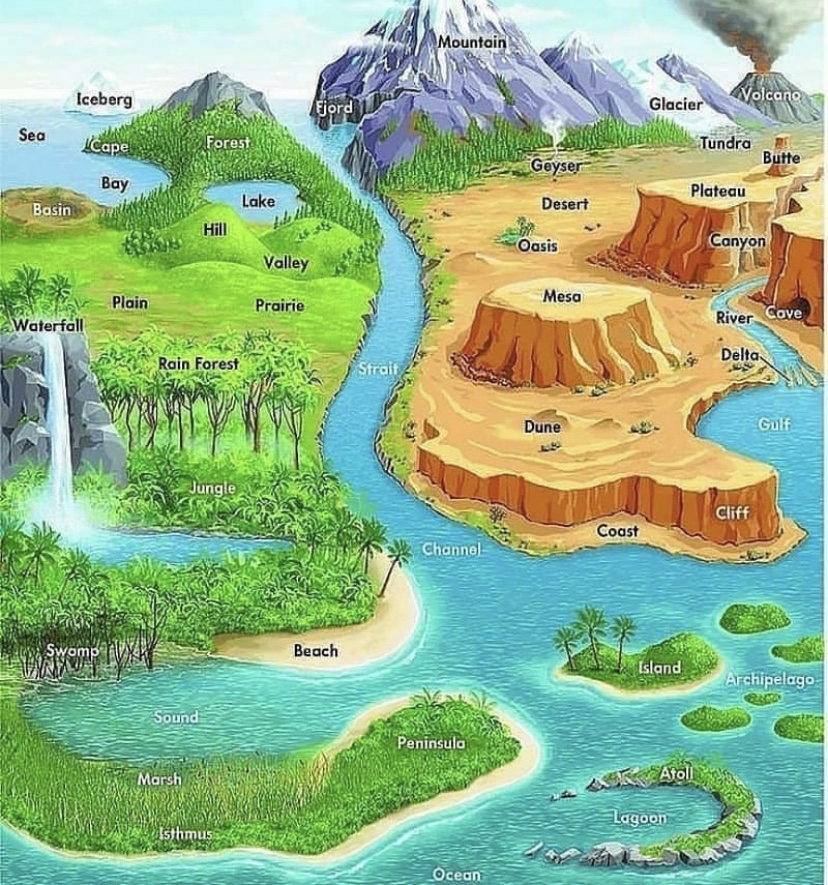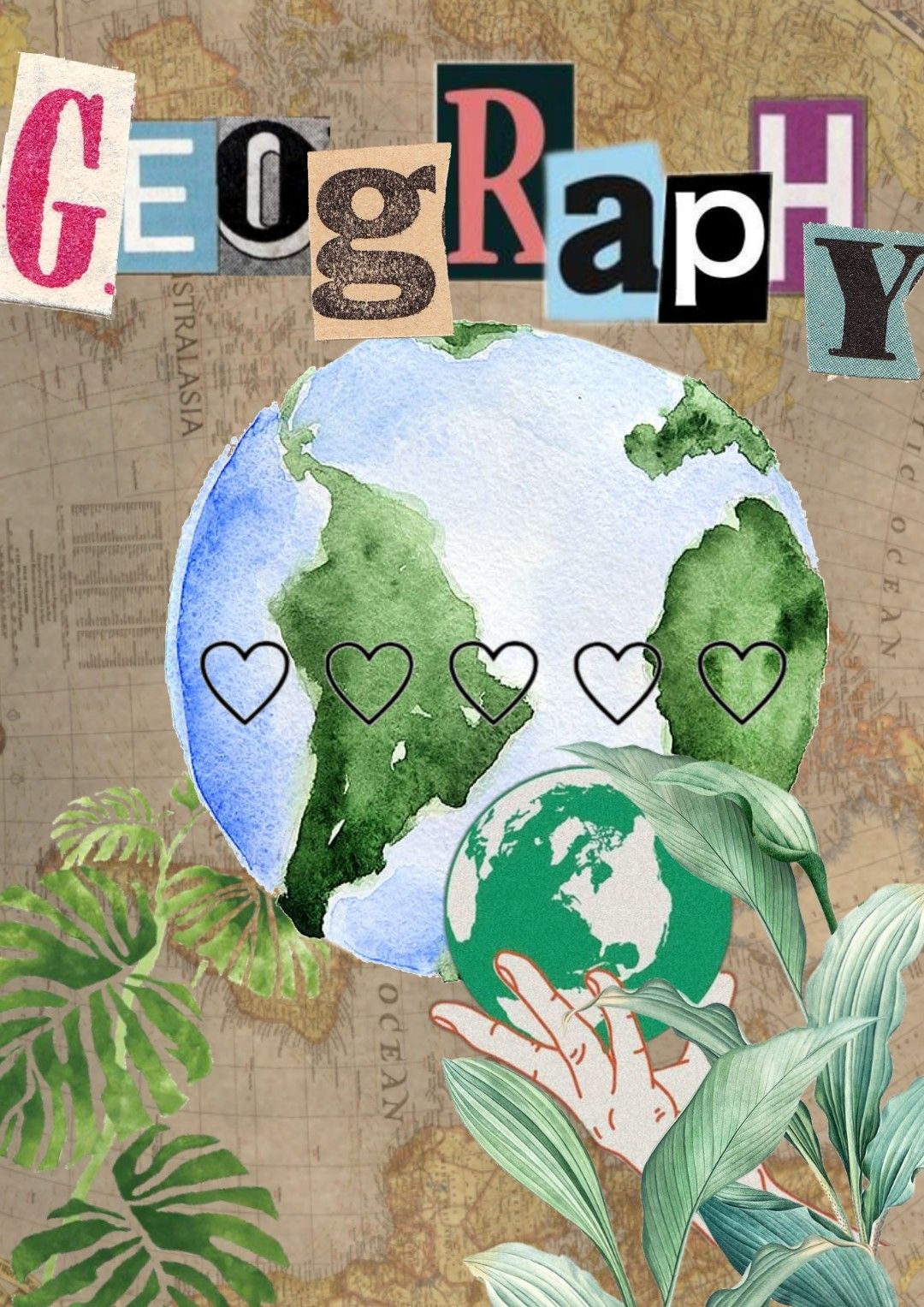Geography is defined as the scientific study of the Earth's surface, encompassing both the physical characteristics of the planet and the human societies spread across it. It explores spatial relationships, patterns, and processes that shape the natural and human environments.
Geography is categorized into two main branches:
Physical Geography – This branch deals with the natural environment. It includes the study of landforms, climate, vegetation, soils, and water bodies. It seeks to understand the processes that shape the Earth’s surface, such as erosion, weathering, and tectonic activity.
Human Geography – This focuses on the spatial aspects of human existence. It studies population distribution, settlements, economic activities, culture, language, religion, and political systems. Human geography explains how human activities influence and are influenced by the environment.
Geographers use theoretical tools like spatial analysis, location theory, regional analysis, and systems theory to interpret data and solve geographic problems. Concepts such as scale, space, place, region, and interdependence are central to geographic theory.
Thus, geography, in theory, is both a natural and social science. It plays a crucial role in understanding environmental changes, resource management, urban planning, and sustainable development on a local and global scale.
Demo today


